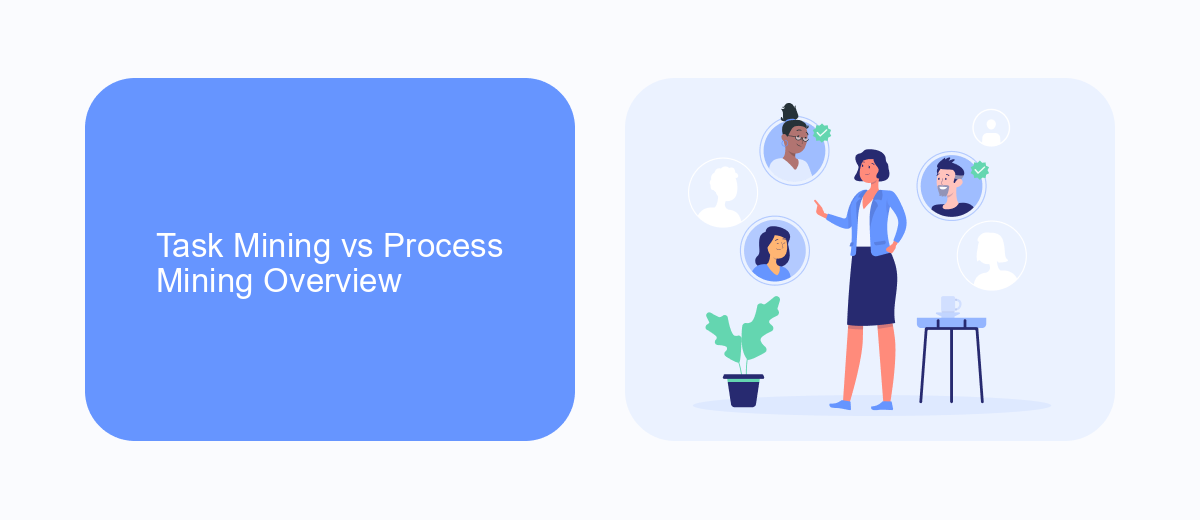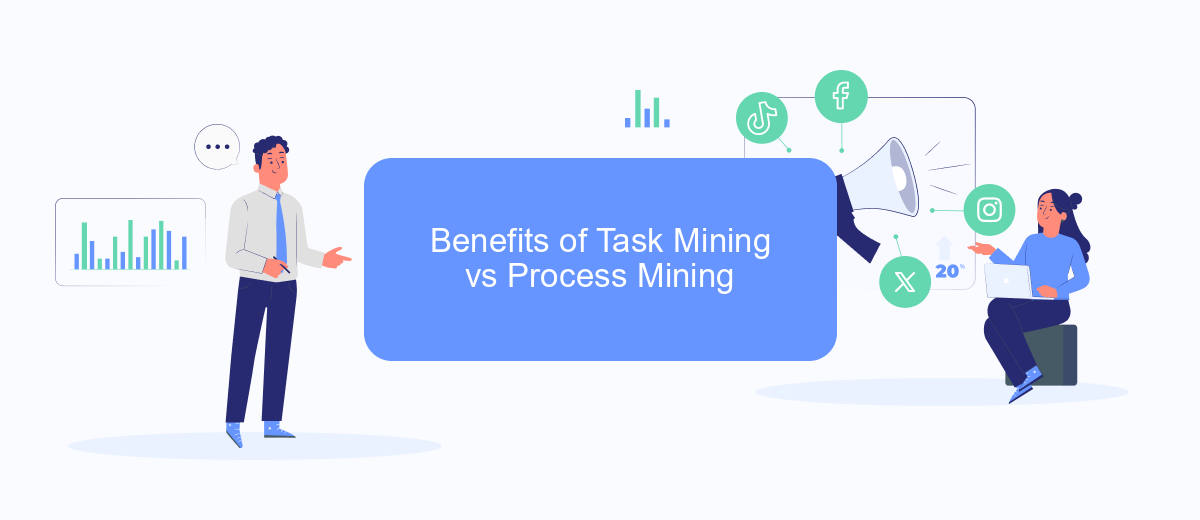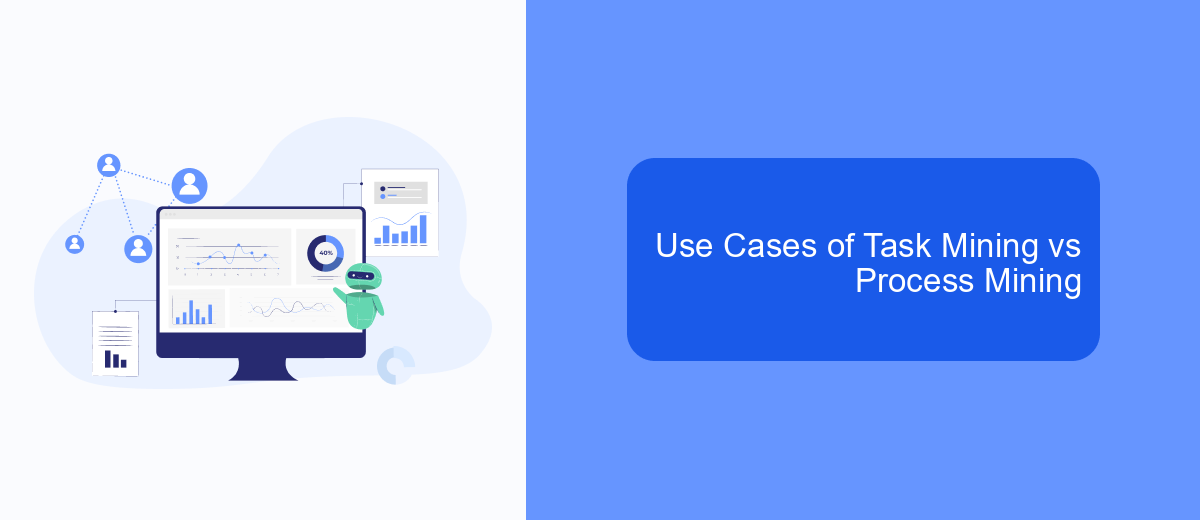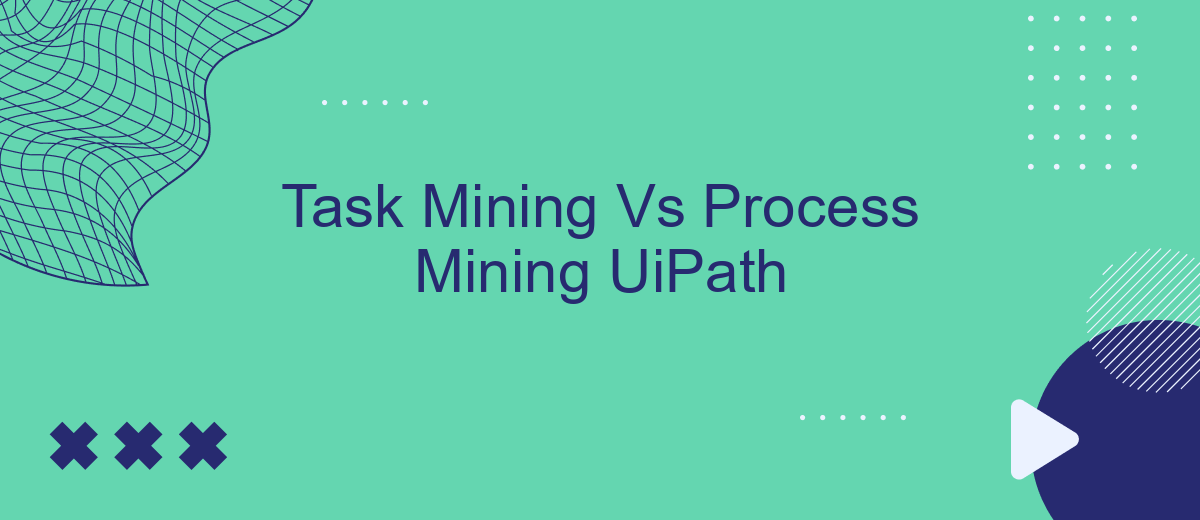In the realm of business automation, understanding the nuances between Task Mining and Process Mining is crucial for maximizing efficiency. UiPath, a leader in robotic process automation, offers robust solutions for both. This article delves into the distinctions and synergies between Task Mining and Process Mining, helping organizations leverage UiPath's technology to streamline operations and drive productivity.
Introduction
In the rapidly evolving landscape of business process automation, understanding the differences between Task Mining and Process Mining is crucial for organizations aiming to optimize their workflows. Both methodologies offer unique insights and advantages, but they cater to different aspects of process analysis and improvement.
- Task Mining: Focuses on capturing and analyzing user interactions at the task level, providing granular insights into how individual tasks are performed.
- Process Mining: Involves the examination of end-to-end processes by extracting data from event logs, offering a comprehensive view of process flows and bottlenecks.
Choosing the right approach depends on the specific needs and objectives of your organization. For instance, while Task Mining is ideal for detailed task optimization, Process Mining is better suited for overarching process improvements. Integrating these methodologies with tools like SaveMyLeads can further streamline your automation efforts by seamlessly connecting various data sources and enhancing the overall efficiency of your business processes.
Task Mining vs Process Mining Overview

Task Mining and Process Mining are two powerful techniques used to analyze and optimize business processes, each with its unique focus and methodology. Task Mining primarily deals with capturing and analyzing user interactions and tasks at the individual level, providing granular insights into how specific tasks are performed. This technique is particularly useful for identifying inefficiencies and bottlenecks in task execution, enabling organizations to streamline operations and improve productivity.
On the other hand, Process Mining focuses on the broader picture, analyzing end-to-end processes by examining event logs from various systems. This approach helps organizations understand the flow of processes, uncover deviations from standard procedures, and identify opportunities for process optimization. Tools like UiPath's Process Mining can visualize and dissect complex processes, offering actionable insights for continuous improvement. While Task Mining zooms in on individual tasks, Process Mining provides a macro view of process flows, making them complementary techniques for holistic process enhancement.
Benefits of Task Mining vs Process Mining

Task Mining and Process Mining are two powerful techniques that offer unique benefits for businesses looking to optimize their operations. While both approaches aim to enhance efficiency and productivity, they do so in different ways.
- Granular Insight: Task Mining provides a detailed view of individual tasks, allowing for a more granular analysis compared to Process Mining, which focuses on end-to-end processes.
- Real-Time Data: Task Mining captures real-time data from user interactions, offering immediate insights that can be acted upon swiftly.
- Customization: With tools like SaveMyLeads, Task Mining can be integrated seamlessly with various platforms to customize workflows and automate repetitive tasks.
- Cost Efficiency: By identifying inefficiencies at the task level, Task Mining can provide targeted improvements, potentially reducing costs more effectively than broad process changes.
Overall, while Process Mining offers a macro-level view of business operations, Task Mining excels in providing micro-level insights that can lead to significant improvements in specific areas. Leveraging both techniques can offer a comprehensive approach to operational excellence.
Use Cases of Task Mining vs Process Mining

Task Mining and Process Mining are powerful tools used to analyze and optimize business operations, but they serve different purposes. Task Mining focuses on capturing and analyzing the tasks that employees perform on their computers, providing deep insights into individual activities. Process Mining, on the other hand, examines the overall workflow within an organization by analyzing event logs from various systems.
While both methodologies aim to enhance efficiency, their use cases differ significantly. Task Mining is particularly useful for understanding how specific tasks are executed, identifying bottlenecks, and improving task-level performance. Process Mining is ideal for gaining a comprehensive view of entire processes, identifying inefficiencies, and optimizing workflows.
- Task Mining: Identifying repetitive tasks and automating them.
- Task Mining: Analyzing employee interactions with software applications.
- Process Mining: Mapping out end-to-end business processes.
- Process Mining: Detecting deviations from standard processes.
Incorporating tools like SaveMyLeads can further enhance these mining activities by automating data integration from various sources, ensuring that both task and process analyses are based on comprehensive and up-to-date information. This leads to more accurate insights and more effective optimization strategies.
Conclusion
In conclusion, both Task Mining and Process Mining offer unique advantages for businesses looking to optimize their workflows and enhance operational efficiency. Task Mining provides granular insights into individual tasks, allowing for a detailed understanding of employee activities and identifying areas for improvement. On the other hand, Process Mining offers a broader view by analyzing end-to-end processes, enabling organizations to uncover bottlenecks and streamline operations at a macro level.
Integrating these technologies can provide a comprehensive approach to process optimization. Tools like UiPath facilitate these integrations seamlessly, and services such as SaveMyLeads can further enhance this by automating data flows between various applications. By leveraging both Task Mining and Process Mining, along with effective integration tools, businesses can achieve a more holistic and efficient approach to process improvement, ultimately driving greater productivity and value.


FAQ
What is Task Mining in UiPath?
What is Process Mining in UiPath?
How do Task Mining and Process Mining differ?
Can Task Mining and Process Mining be used together?
What tools or services can help implement automation and integration based on insights from Task and Process Mining?
What do you do with the data you get from Facebook lead forms? Do you send them to the manager, add them to mailing services, transfer them to the CRM system, use them to implement feedback? Automate all of these processes with the SaveMyLeads online connector. Create integrations so that new Facebook leads are automatically transferred to instant messengers, mailing services, task managers and other tools. Save yourself and your company's employees from routine work.
